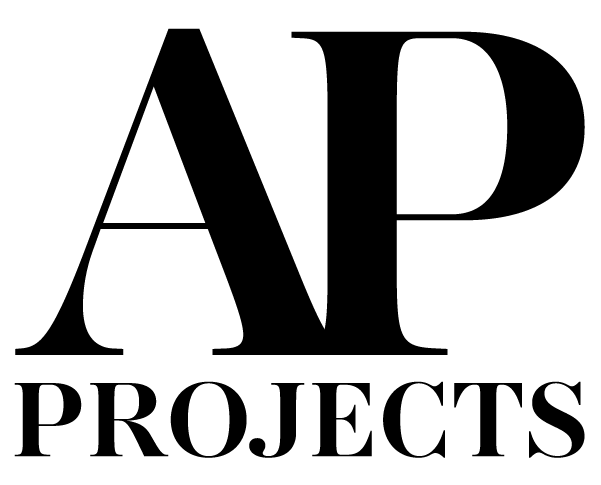APP: Galen, we just love your work and have to give a nod to the abstract expressionists that came before you. We are huge fans of Clyfford Still, Betty Parsons, Helen Frankenthaler and Cy Twombly. Want to tell us about some of your favs?
GC: Yes, the Abstract Expressionists are my painting heroes, generally. Their art was their life and vice-versa. My favorites among them are Joan Mitchell and DeKooning. They had a willingness — perhaps even a compulsion — to risk everything in a painting in order to create something meaningful, something new. I admire and aspire to that degree of artistic bravery. Like you, I am also a big Twombly fan, as well as Guston and Diebenkorn. And there are so many good painters working today: Mark Bradford is at the top of my list; I relate to the physicality of his work, his manipulation of non-traditional materials in the service of sublime beauty. A few other contemporary favorites are Cecily Brown, Susan Rothenberg, Leonardo Drew, Julie Mehretu, Bill Jensen, and John Walker. There are really too many to name.
APP: Agree completely. How do you see the changes in your life reflected in your work, particularly in where you have lived? I know you were born in LA and spent time in both MD and MA before settling in Vermont. In terms of street art, and referencing layered urban mark-making, where does this come from?
GC: I have spent a lot of time in Italy, and my first visits there when I was 14 and 15 had an enormous impact on me. Yes, the art that I saw was part of it, particularly ancient frescoes in Pompeii and frescoes in Florence by Giotto and Masaccio, but just as affecting was the ancient history that suffused everything. Witnessing noisy, contemporary life, including the day’s graffiti, within that ancient context affected me deeply.
I am drawn to the enduring human need for visual self-expression. Graffiti, ancient and contemporary, is a rich example of that. These days I spend a lot of time in New York, and even its walls covered in layers of torn-off posters are a turn-on for me. I often employ a similar kind of process in my own work — laying paint on, scraping it off; gluing paper or fabric on, pulling it off. It’s not a planned technique in order to achieve a particular effect, rather it is just a process of working. All those changes of direction in the making of a painting amount to rich and varied surfaces that are a record of the process.






